Bongywood WPC Pergola: Nature Woody Look, High Weather Resistant
The modern, durable alternative to wood. Beauty and strength that lasts.
Bongywood WPC Pergola: Nature Woody Look, High Weather Resistant
The modern, durable alternative to wood. Beauty and strength that lasts.
Real wood appearance without timber problems
Superior protection in all weather conditions
Resistant to moisture, rot and termites
Durable with minimal maintenance needed
Customizable sizes and designs for any space.
Sustainable recycled materials used
Bongywood WPC (Wood Plastic Composite) Pergolas & Gazebos combine the timeless charm of wood with modern polymer durability, offering eco-conscious homebuilders the opportunity to create sustainable and stylish outdoor retreats.
| Collection | Outdoor WPC Pergola |
| Material: | Wood Plastic Composite |
| Surface: | Sanding or Brushing |
| Color: | Walnut, Teak, Redwood, Coffee, Chocolate, Ebony |
| Applications: | Residential Gardens, Patios and Decks, Poolside, Backyard Retreat, Restaurant Patios, Public Parks, Hotels and Resorts, Wedding Venues, Vineyards, Commercial Spaces. |
produced of recycle wood fiber
+ recycle plastic
| No. | Item No | Specification | Function | Length(m) | Steel Liner |
| 1 | ZS200H200 | 200*200 | Post | 2.8 | 1m |
| 2 | ZS180H80 | 180*80 | Beam | 4 | 4m |
| 3 | ZS160H80 | 160*80 | Rafter | 3 | – |
| No. | Item No | Specification | Function | Length(m) | Steel Liner |
| 1 | ZS140H140 | 140*140 | Post | 2.6 | 1m |
| 2 | ZS150H50 | 150*50 | Beam | 2.5 | 2.5m |
| 3 | ZS120H70 | 120*70 | Rafter | 2 | – |
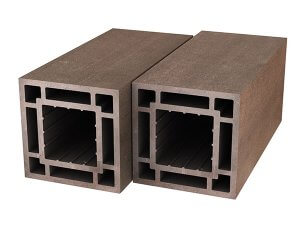
140mm(L)*140mm(T)
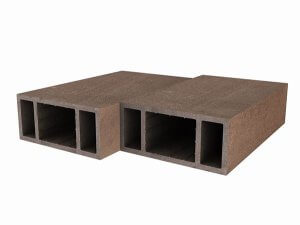
180mm(L)*80mm(T)
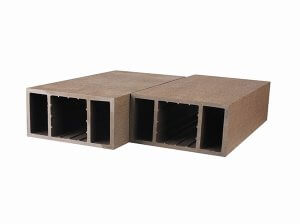
160mm(L)*80mm(T)

120mm(L)*70mm(T)
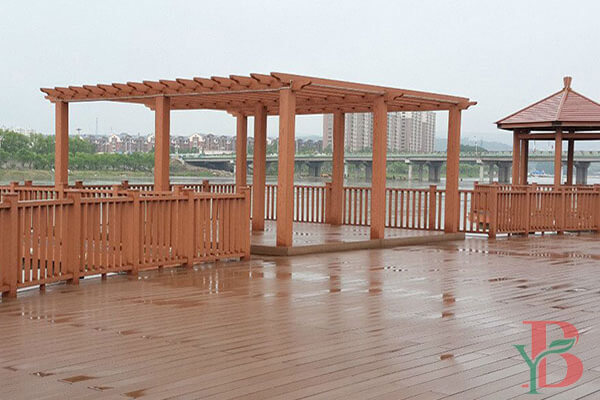
Bongywood standard WPC pergola, is a popular choice for enhancing architectural features, or providing shade for outdoor spaces.
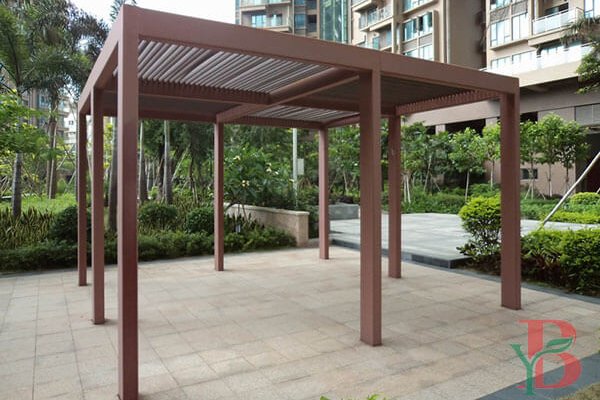
Bongywood modern WPC pergola, blending contemporary style with minimalist design, crafted for aesthetic appeal and simplicity.
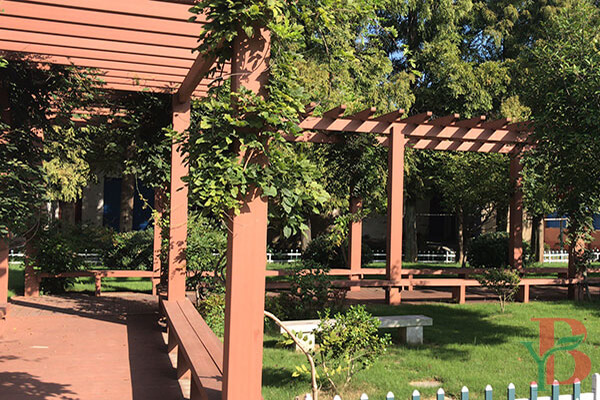
Bongywood garden WPC pergola, typically used in gardens as a charming structure to support climbing plants or as a focal point.
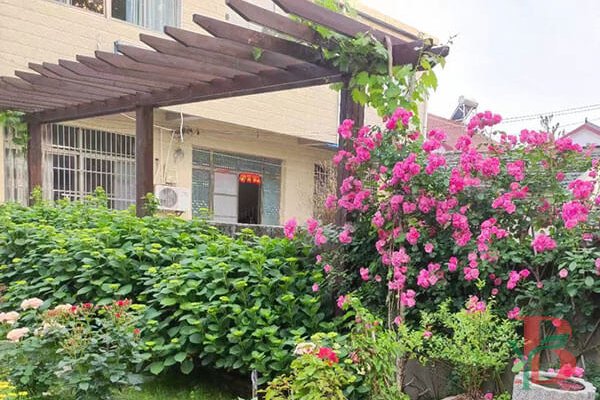
Residential WPC pergola is ideal for small areas or garden accents, offering greenery and shade for apartment residents.

Composite Lattice, features lattice panels within the pergola structure, offering a decorative and partially shaded effect.

Co-extrusion pergola, the outer shield provides added protection against moisture, and other environmental factors.
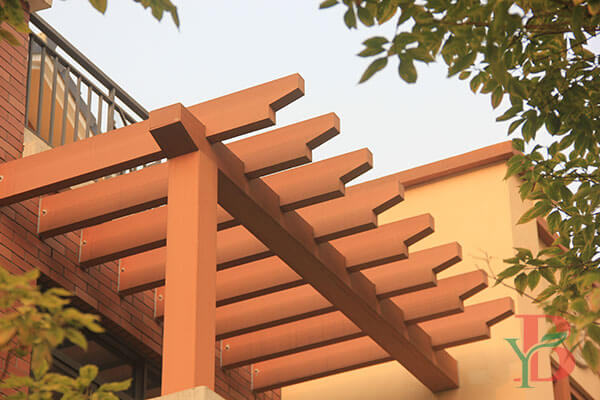
Bongywood wall WPC pergola offers an elegant design that can be customized to fit over entryways or windows.
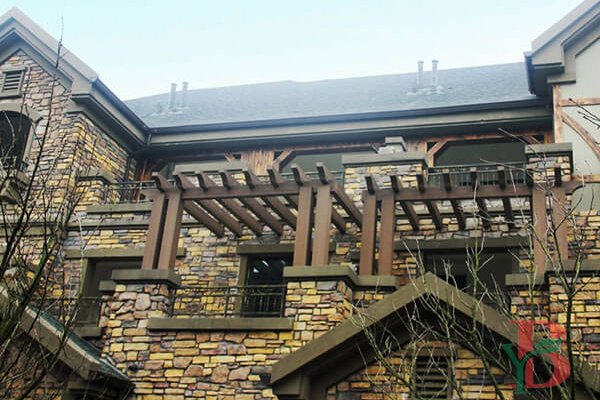
Bongywood balcony WPC pergola, offering both practical shade and aesthetic appeal to a building’s facade.
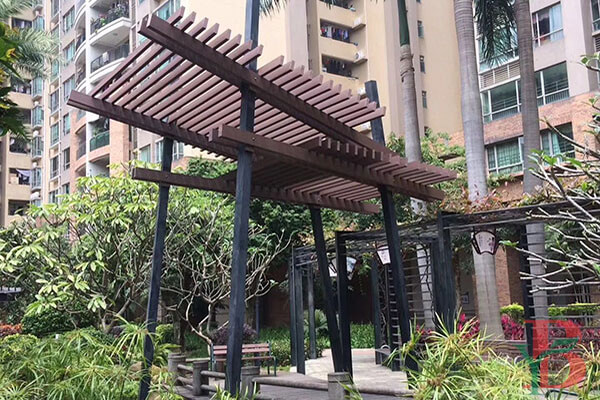
Bongywood WPC pergola tailors to your specific needs & preferences, allowing for unique designs and sizes.
Bongywood WPC(Wood Plastic Composite) pergola is an outdoor structure made from a blend of recycled plastic and wood fibers. This combination creates a material that mimics the natural look of wood while offering enhanced durability and minimal maintenance requirements. Composite wood pergolas are designed to withstand the elements, providing a long-lasting and attractive addition to any garden or patio.